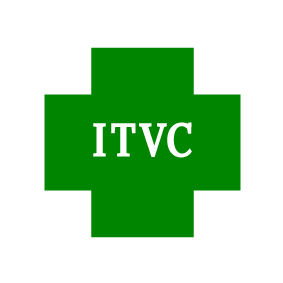Recent Outbreaks: Ross River fever in Queensland
Gold Coast University Hospital infectious diseases director John Gerrard said he expected thousands more cases to emerge in coming weeks.
"The majority of people will recover within six weeks but some people will have symptoms that will last up to a number of months,"
The virus is not contagious and is spread only by mosquitoes. The main reservoir hosts are kangaroos and wallabies, although horses, possums and possibly birds and flying foxes play a role. Over 30 species mosquitoes have been implicated as possible vectors, but the major species for Ross River Fever are Culex annulirostris in inland areas, Aedes vigilax in northern coastal regions and Ae. camptorhynchus in southern coastal regions.[2][3]
People who contract the virus from an infected mosquito will start to show symptoms three to 11 days later.
Symptoms of the disease may vary widely in severity, but major indicators are arthralgia, arthritis, fever, and rash.[3] The incubation period is 7–9 days. About a third of infections are asymptomatic, particularly in children.[2][3]
Acute illness
About 95% of symptomatic cases report joint pain.This is typically symmetrical and with acute onset, affecting the fingers, toes, ankles, wrists, back, knees and elbows.[3] Fatigue occurs in 90% and fever, myalgia and headache occur in 50-60%.
A rash occurs in 50% of patients and is widespread and maculo-papular. Lymphadenopathy occurs commonly; sore throat and coryza. Diarrhoea is rare.
Due to the fact that the virus currently cannot be removed once infection has occurred secondary symptoms of joint and muscle inflammation, pain and stiffness can last for many years.
Less common manifestations include splenomegaly, haematuria and glomerulonephritis. Headache, neck stiffness, and photophobia may occur. There have been some case reports suggesting meningitis or encephalitis.
Chronic illness
Reports from the 1980s and 1990s suggested RRV infection was associated with arthralgia, fatigue and depression lasting for years. More recent prospective studies have reported a steady improvement in symptoms over the first few months, with 15-66% of patients having ongoing arthralgia at 3 months. Arthralgia have resolved in the majority by 5–7 months. The incidence of chronic fatigue is 12% at 6 months and 9% at 12 months, similar to Epstein-Barr virus and Q fever.
There is no known cure for the disease, which inflicts on its victims swollen, painful joints, rashes, fever, fatigue, headaches and muscle pain.


